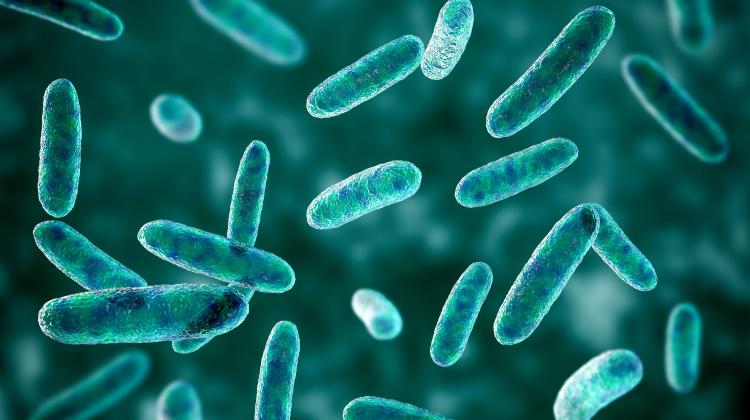Technology for obtaining valuable metals is being developed at the University of Warsaw
 Photo: Fotolia
Photo: Fotolia
Specialists from the University of Warsaw are developing technology for obtaining valuable rare earth metals such as scandium, yttrium or cerium from anthropogenic deposits. Although the idea was born in Indonesia, the researchers argue that it can be successfully used in Poland.
It is difficult to overestimate the importance of rare earth minerals, among others xenotymium, monazite or zirconium, for modern economy. They are a source of rare earth metals, which the industry uses for high technologies: from the production of mobile phones to space flights and the construction of wind farms.
According to the press release sent to PAP, China has the largest deposits of rare earth metals. It is a monopolist, because 93 percent of these deposits are in China. Chinese authorities set limits for the production of metal oxides. In 2017, it was only 103 thousand tons, an amount that does not fully satisfy the current global demand. Becoming independent from China in this regard is a priority for many developed countries. The search for alternatives sources of rare earth metals continues around the world. One of the potential areas where they could be obtained is Indonesia.
It was there that the idea of creating a technology allowing the processing of anthropogenic minerals enriched with rare earth metals was born in 2013. During geological research conducted in Indonesia by a team of geologists from the University of Warsaw, samples were taken from heaps, waste dumps and waste ponds. After preliminary studies of waste materials that no one deals with in Indonesia, researchers found significant concentrations of rare earth metals.
"We decided to launch a project aimed at separating the minerals resulting from waste from the processing of sands containing cassiterite (tin ore). From this waste, we want to obtain a pure monocyte-xenotimate concentrate with a content exceeding 90 percent" - says the project team leader, Dr. Karol Zglinicki from the Faculty of Geology, University of Warsaw.
Although work was initially carried out on Indonesian samples, the process itself is universal. It can be controlled by changing the equipment settings. In Poland, it could be possible to obtain heavy minerals enriched with rare earth elements from the Słupsk Bank, where their documented deposits are located. Recent discoveries show that rare earth minerals can also be found near Hel. Ukraine also has deposits of sands rich in heavy minerals that can be recovered, reads the release sent to PAP.
"We did not want to limit ourselves to Indonesia only. Our goal was to operate also in Poland, the European Union and neighbouring countries. That is why samples from Poland were also subject to research" - explains Karol Zglinicki, quoted in the release.
The technological process developed at the University of Warsaw consists of several stages. Due to the fact that the target material consists of many minerals, the new technology allows to separate and extract minerals in the individual stages. In the first stage, researchers use a spiral separator, a concentration table and a device for magnetic separation. Work on this stage has already been completed.
Researchers are now working on the concentrate flotation process. It is a hydrometallurgical process, in which it is necessary to use additional chemicals. The goal is to reduce the consumption of these substances to a minimum. The process uses agents that will have the least impact on the natural environment. The third stage of the process will involve the separation of minerals into individual rare earth elements.
The unique contribution of the team of geologists from the University of Warsaw to the development of the new technology consists in modelling the process parameters in order to obtain the best end result. The right equipment settings, including the amount of water or the angle of inclination of individual elements, guarantee the output material quality.
"The project will soon be pre-incubated in the University of Warsaw Incubator. At the same time, we are looking for an investor. The ultimate goal is to launch a spin-off. A clear advantage of the project is that the launch of the technological process developed by the team does not require a large investment" - explains Robert Dwiliński, head of the University Technology Transfer Centre at the University of Warsaw, which supports the project commercialisation.
The purchase of appropriate devices - a spiral separator, a separation table and a magnetic separator - is associated with a relatively small cost for this type of undertaking, estimated at approx. PLN 200,000, the university informs in the release.
PAP - Science in Poland
ekr/ zan/ kap/
tr. RL
Przed dodaniem komentarza prosimy o zapoznanie z Regulaminem forum serwisu Nauka w Polsce.















